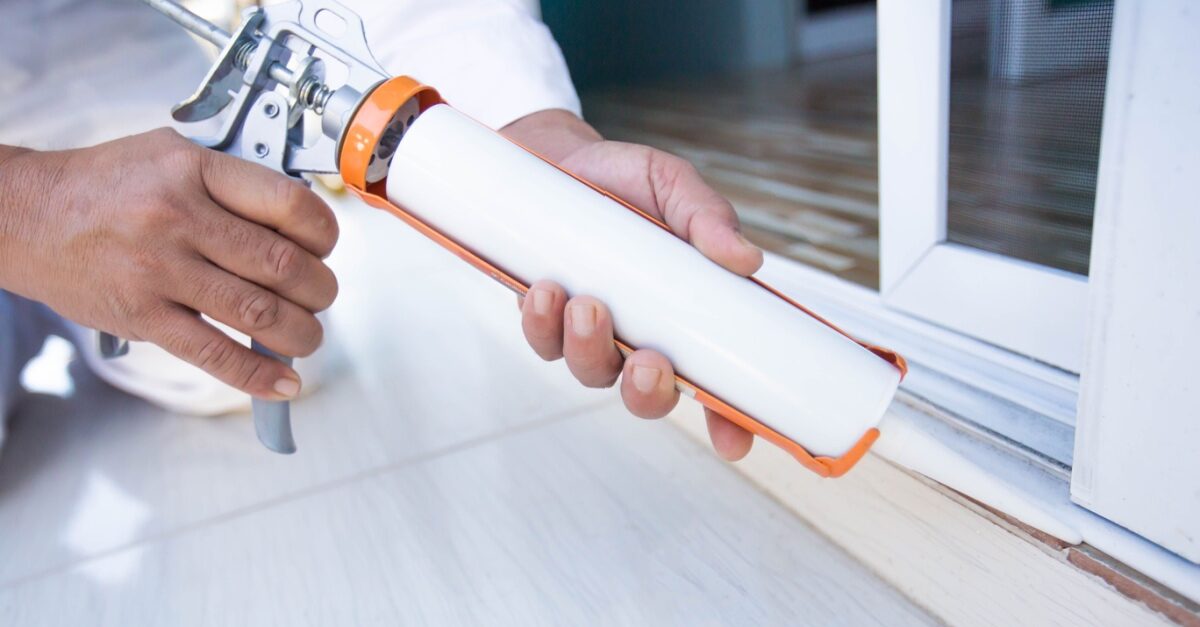Featured Content
Strategic Sealant Replacement: Knowing the Right Time to Replace Building Sealants
What is the key to building longevity? For the Romans, with structures still standing 2,000 years later, it was self-healing concrete. In the U.S., where…
Read full article >Contact Us
For More Information or a Quote
"*" indicates required fields


![[PROJECT PROFILE] Durham Centre Reseal](https://www.edswaterproofing.com/wp-content/uploads/sites/18/2023/12/Project-Profile-Capital-Assoc-Durham-Centre.png)
![[PROJECT PROFILE] Bridgepoint – Washington Building](https://www.edswaterproofing.com/wp-content/uploads/sites/18/2023/12/Project-Profile-BridgePoint-Washington-Building.png)
![[PROJECT PROFILE] Avison Young – Horizon Facade Repairs](https://www.edswaterproofing.com/wp-content/uploads/sites/18/2023/12/Project-Profile-Avison-Young-Phillips.png)